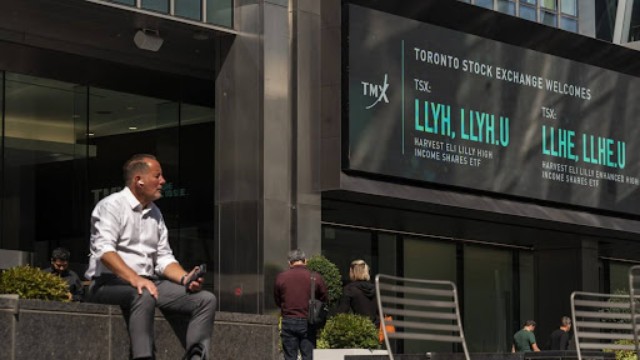
PHOTO: Traders at the New York Stock Exchange · Reuters.
In the aftermath of the recent U.S. elections, traders in the options market have been shifting towards more daring investments, boosting a rally in stock prices as fears around political uncertainty fade. The expectation of a Republican-led government next year has played a significant role in fuelling this optimistic wave.
Investors have diversified their bullish strategies across various assets, notably including electric vehicle leader Tesla, regional banking stocks, and smaller companies. This surge has helped the S&P 500 rise by 3% since the November 5 election.
Garrett DeSimone, head of quantitative research at Option Metrics, observed that the sense of relief after the election was widespread, impacting almost every market sector except bonds. Before the election, many options traders had been cautious, hedging against potential turbulence, particularly concerns over a contested outcome or a tight race. Now, with the election outcome in clearer view, those same traders have pivoted to a more optimistic approach, anxious not to miss out on the rally.
Donald Trump’s presidential victory, along with Republican control of Congress as projected by Edison Research, has pushed investors to reevaluate their strategies. With the potential for more economic policies aligned with tax cuts and reduced regulations, traders have been drawn to more aggressive positions. Charlie McElligott from Nomura noted that investors were scrambling to catch up with the stock market’s surge to record highs.
The call-to-put ratio—a measure of bullish trading activity—has jumped to 1.5-to-1, up from 1.3-to-1 for the rest of the year, according to Trade Alert data. Deutsche Bank also pointed out a significant increase in net call volumes across different sectors post-election.
The Cboe Volatility Index (VIX), which reflects the demand for portfolio protection, has dropped to 13.67, its lowest level in nearly four months, showing that concerns have considerably eased. Michael Thompson, co-portfolio manager at Little Harbour Advisors, highlighted that the volatility market's earlier fears did not materialize, which allowed the market to calm.
Tesla has been a notable beneficiary, seeing a spike in call option purchases. Investors speculated that CEO Elon Musk’s relationship with President Trump might yield positive outcomes for the company. Tesla options made up about 30% of the total notional value of U.S. stock options traded on the Monday following the election, based on Nomura’s data.
Analysts believe that this surge in call option buying is contributing to the rally. DeSimone from Option Metrics noted that when traders buy call options, this can often translate into rising stock prices as a result.
However, not everyone is fully convinced about the sustainability of this rally. Details about the timing and rollout of Trump’s policies are still uncertain. Parts of his economic plan, like tax cuts and tariffs, could potentially lead to higher inflation. This concern has already shown in increased Treasury yields, which could dampen stock momentum if the trend continues.
Despite the general optimism, some caution persists. For example, an S&P 500 skew gauge, which shows demand for bullish versus bearish options, dropped from 7% before the election to 4% recently, suggesting that while defensive stances have eased, the market isn't completely carefree.















